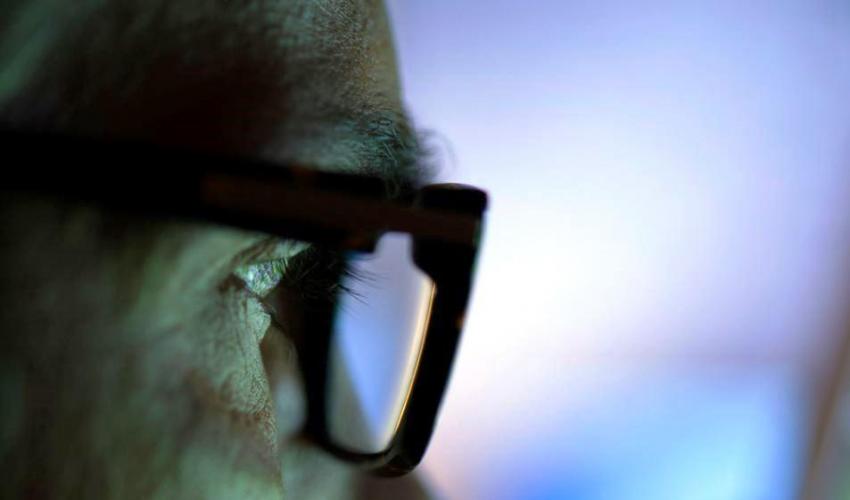
This Is How Striking Communication Can Save Lives
CAR ACCIDENTS KILL A LOT OF PEOPLE, SO EFFECTIVE COMMUNICATION PROMOTING BETTER DRIVING HABITS CAN MAKE A BIG DIFFERENCE. WHAT IS THE BEST STRATEGY?by Luca Buccoliero and Enrico Valdani, Dept. of Marketing, Bocconi
Translated by Alex Foti
Is it worth shocking young people to induce them to adopt virtuous forms of behavior? The answer seems to be yes. That’s the case with bad driving habits, which often are the main risk factor in major car accidents. In the past, public communication campaigns focused on the driver’s physical and psychological conditions (alcohol intake, drug and pharmaceutical abuse, sleepiness).
The most recent data show that the new lifetime companion of our digital lives, the smartphone, has turned into a lethal factor of distraction while at the driving wheel. In October 2015, the WHO sent a warning to governments, asking them to implement useful strategies to reduce the distraction caused by smartphones while people drive. The strategies required entail the planning of awareness-raising campaigns, the adoption of innovative legislative measures, and the gathering of data on the phenomenon, in order to better understand it and prevent it.
Using a smartphone while driving doubles reaction times, at levels dangerously close to those of a drunken driver. The WHO estimates that the likelihood of being involved in an accident is four times higher if the driver is using a cell phone. The problem mainly affects younger population cohorts, particularly people aged 18-24 years old, whose propensity to text while driving is significantly higher than the rest of the adult population.
Also, data pertaining to road deaths show a marked prevalence of deadly accidents occurring when drivers between 18 and 44 years are at the wheel, so much that car accidents are the main cause of death for people in the 15-29 age bracket.
The communication strategy: strong images and messages
A study conducted by the Bocconi CERMES research center (authors Luca Buccoliero, Elena Bellio, Francesco Binetti, Maria Mazzola and Elisa Solinas) reconstructed the driving behavior of a sample of individuals aged 18-44 (with a mean age of 23). Almost half of the youth interviewed admit to accept the risk (in some cases to the point of not even considering it) of using a smartphone while driving, and to adopt such behavior regularly and frequently. To inspire the adoption of more virtuous driving, a study was conducted to test the relative effectiveness of various communication styles (shocking, almost harrowing images vs. more traditional and didactic ways of conveying the message), different formats (text, images, videos, temporary road installations such as crosses and shrines), and media (TV, radio, social media, web sites, billboards). Evidence has emerged that can usefully orient new public-interest campaigns.
The style that shocks, across all formats, displays the highest effectiveness in terms of perception and comprehension of the risk, and the use of online video formats further maximizes the impact of a campaign. If the message is spread via social media, its potential for viralization grows exponentially. Also, the use of unconventional formats (temporary installations on roads, streets, and city squares) has a strong impact, especially on high-risk groups (mainly men who are ostentatious about their driving abilities). Lastly, the study shows that social media and general-audience television are the media achieving the highest impact. Conversely, billboards and information flyers do not enable the attainment of significant communication objectives.
These results call for a refinement of communication strategies that have been adopted by Italian public administrations until now, toward embracing messages and styles that are closer to the tastes of the public potentially most at risk. Why? Because it is worth reminding each and everyone of us that a life is worth a lot more than a like on a Facebook page.
